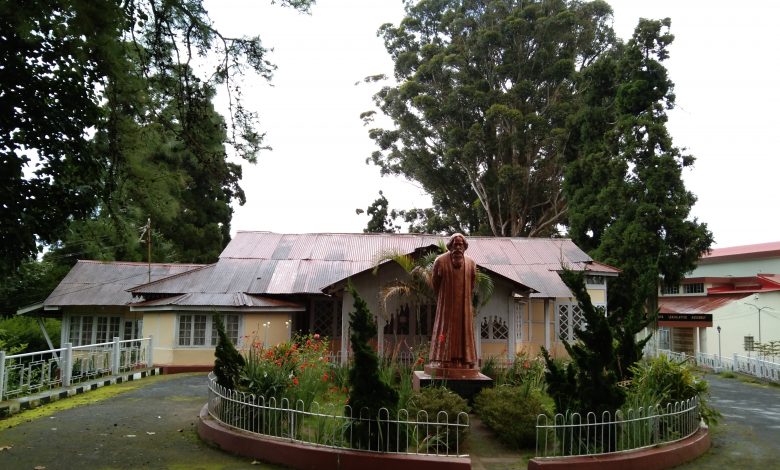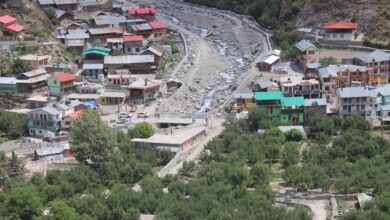The timeless genius who touched nations and hearts
Tagore remains not just India’s literary titan but a global ambassador of humanism, harmony and hope

 Rabindranath Tagore’s birth anniversary is reverently commemorated in Shillong, just as it is across India and worldwide. What makes Shillong particularly special is that the Nobel Laureate visited this serene hill town not once but thrice — in 1919, 1923 and 1927.
Rabindranath Tagore’s birth anniversary is reverently commemorated in Shillong, just as it is across India and worldwide. What makes Shillong particularly special is that the Nobel Laureate visited this serene hill town not once but thrice — in 1919, 1923 and 1927.
The poet-philosopher held this quiet corner of the North East close to his heart, though many are unaware of the deeper, lesser-known connections he shared with the place and the world at large.
A towering figure in world literature, Tagore’s genius defied the limits of language, genre and geography. The Bengali polymath, poet, playwright, philosopher, artist and musician wrote his first short story, Bhikharini (The Beggar Woman), when he was 16. He went on to write eight novels and four novellas, including the masterpieces Chaturanga, Shesher Kobita, Char Adhyay, and Noukadubi, each steeped in lyrical introspection and layered emotion.
Though he never attended formal school, being home-tutored by his elder brother Hemendranath, Tagore’s early life was steeped in solitude. Raised largely by household staff following the death of his mother Sarada Devi and the frequent travels of his father Debendranath Tagore, the poet’s childhood solitude perhaps fed the rich inner world that later bloomed in his works.
Known affectionately as Gurudev, Kabiguru and Biswakabi, Tagore gifted not just India but the subcontinent with lyrical treasures that transcended borders.
While most know that he penned Jana Gana Mana and Amar Shonar Bangla — the national anthems of India and Bangladesh, respectively — few realise that Sri Lanka’s anthem, Sri Lanka Matha, also traces its roots to his creative vision.
Some scholars credit the Sri Lankan composer Ananda Samarakoon — Tagore’s student at Santiniketan — for composing the anthem under Tagore’s influence. Others assert that Tagore penned the original poem that inspired the piece, later translated into Sinhalese and adopted in 1951.
Tagore’s commitment to nation-building extended beyond politics; it resonated through art, education and culture. His travels — more than 30 countries across five continents between 1878 and 1932 — inspired nearly 2,000 songs, many of which carry the flavours of the lands he visited. From Manipuri classical dance, which he helped popularise globally, to Western folk tunes — English, Scottish, Irish — Tagore seamlessly wove diverse influences into his compositions, always guided by a deep-rooted Indian ethos.
His artistic journey did not stop at words and music. In his 60s, Tagore took up painting — despite no formal training — and over the last 17 years of his life, created nearly 3,000 artworks. Bold, experimental and evocative, his paintings revealed yet another layer of his versatile genius.
The bond between Tagore and Mahatma Gandhi was one of mutual reverence and philosophical alignment. It was Tagore who bestowed upon Gandhi the honorific ‘Mahatma’ — a title that would forever resonate through Indian history.
Winner of the Nobel Prize in Literature for Gitanjali, his most celebrated collection of poetry, Tagore remains not just India’s literary titan but a global ambassador of humanism, harmony and hope. His legacy lives on — not just in the archives of art and literature — but in the anthems of nations and the hearts of millions.
In Shillong, where the cool winds once carried the echoes of his verses, his memory remains as evergreen as the hills he loved.
Read other articles by the author:





